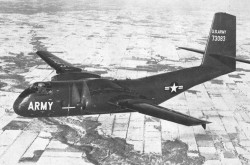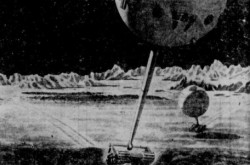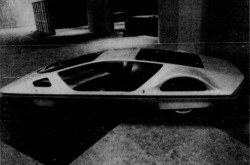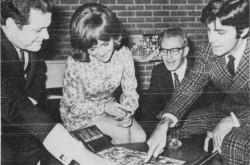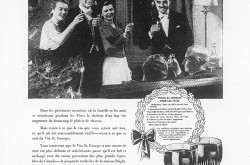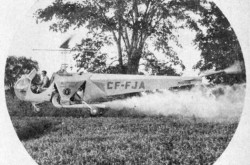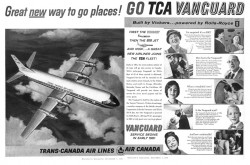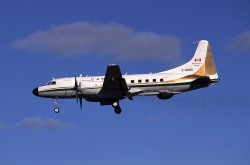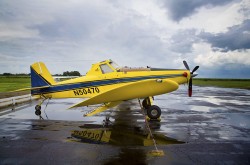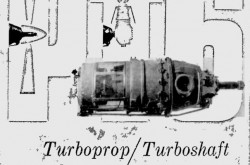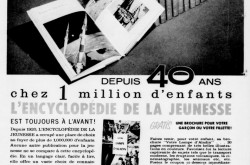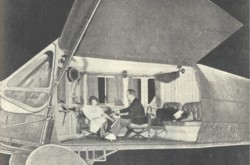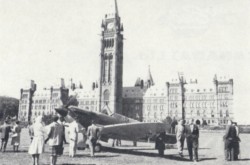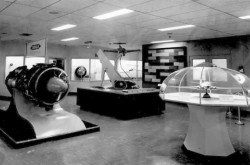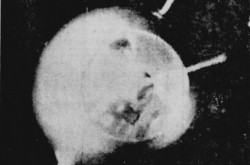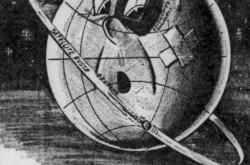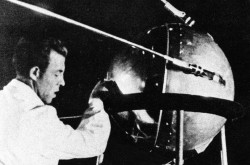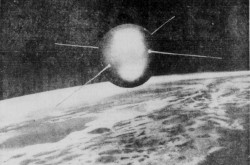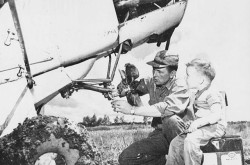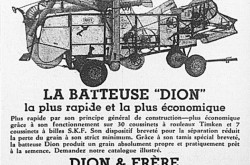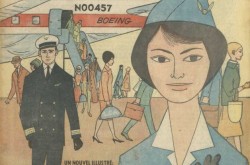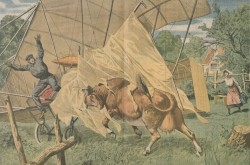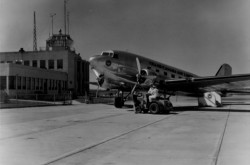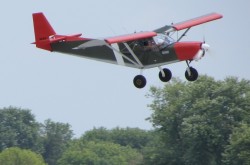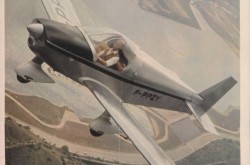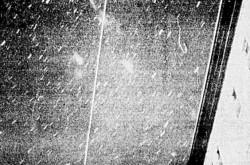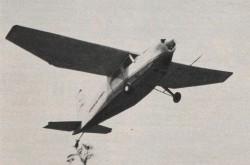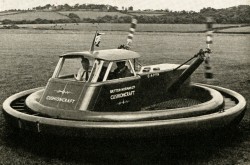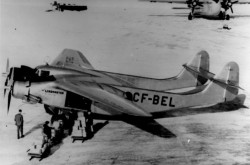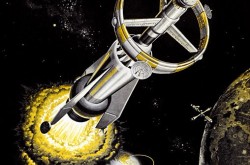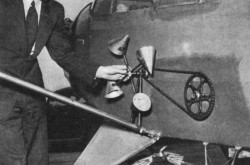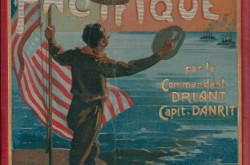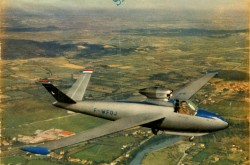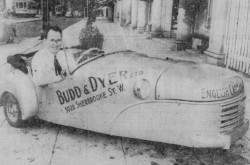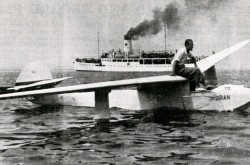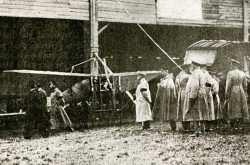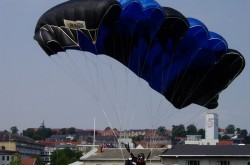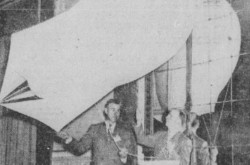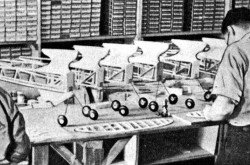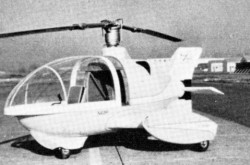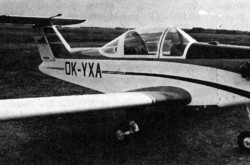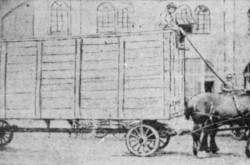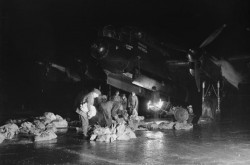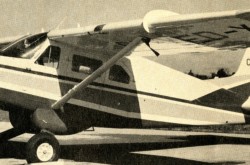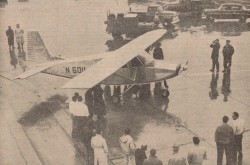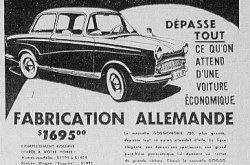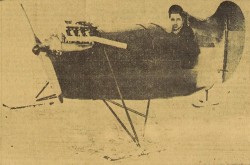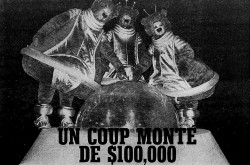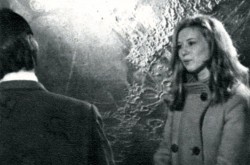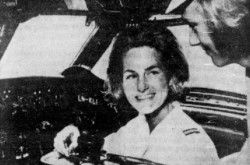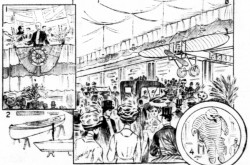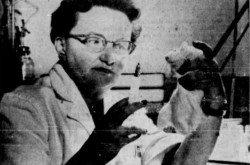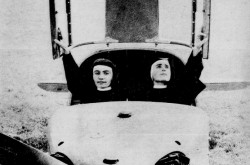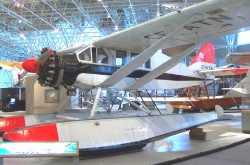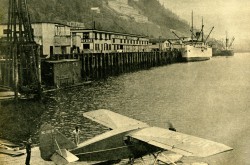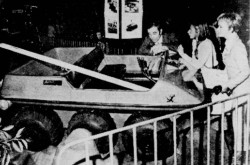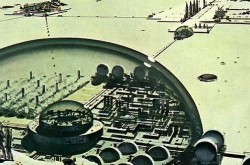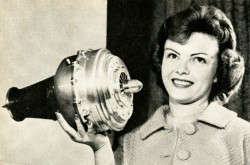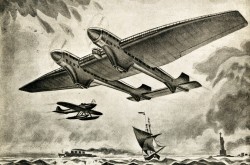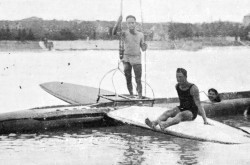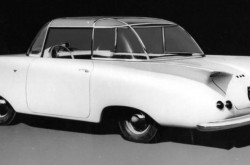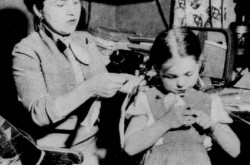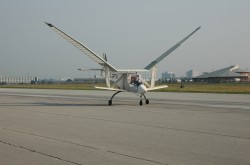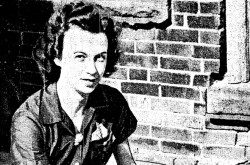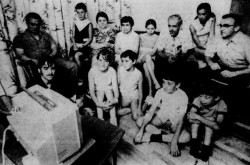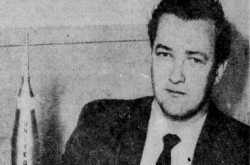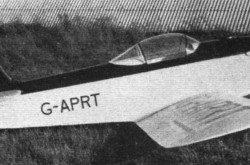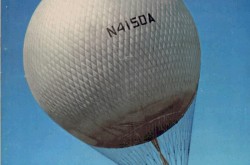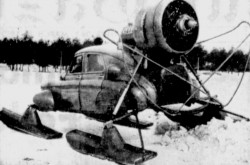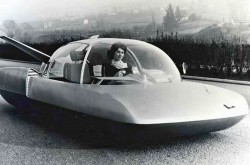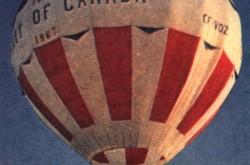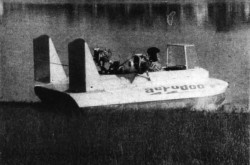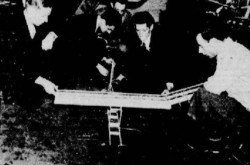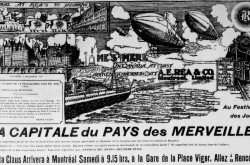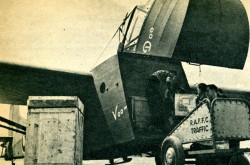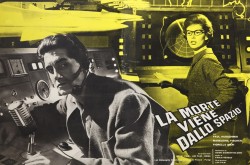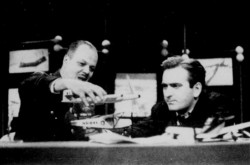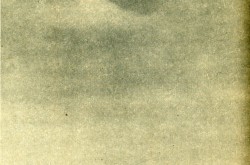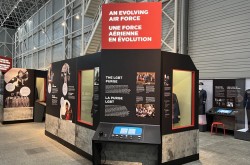I have been asked a few times what my favourite airplane was. Well, here is one of my all-time favourites: Sweden’s FFVS J 22 fighter plane, part 2

Greetings, my reading friend, and welcome to the second and final part of the tiny gift that yours truly is offering himself as a kick off to this month of April 2022.
As was said (typed?) in the first part of this article, the 1940 American embargo and confiscation of its war supplies put the Swedish government in a real pickle. The British aeroengine produced under license by the only manufacturing firm of its type in the country, Nohab Flygmotorfabriker Aktiebolaget, a subsidiary of Swedish arms manufacturing giant Aktiebolaget Bofors, was a perfectly good piece of machinery but its large diameter and limited power precluded its use on any new Swedish-designed fighter plane.
Help was on the way, however. Not too long after the American government imposed its embargo on Sweden, the aviation administration / air board, or Flygförvaltningen, ordered Nohab Flygmotorfabriker, which became Svenska Flygmotor Aktiebolaget in 1941, when it was acquired by the Swedish automobile manufacturer Aktiebolaget Volvo, to discreetly copy the Pratt & Whitney R-1830 Twin Wasp engine which powered the American-made Seversky J 9 fighter planes of the Swedish air force, or Flygvapnet.
Yes, yes, copy, as in illegally copy, because the Flygförvaltningen knew only too well that the American government had forced Pratt & Whitney Aircraft Limited, a subsidiary of aviation giant United Aircraft Corporation, to walk away from a license agreement concerning the Twin Wasp – and the Pratt & Whitney R-2800 Double Wasp engine, one of the most successful and powerful aeroengines of its day.
Need yours truly mention that Volvo was mentioned in December 2018 and March 2022 issues of our astonishing blog / bulletin / thingee? Or that Pratt & Whitney Aircraft and United Aircraft have been mentioned several / many times therein since March 2018? I thought not.
The Swedish engineers took apart several Twin Wasps and produced drawings for every single piece of these engines – a herculean task if there was one. A task complicated by the fact that the measurements of the American engine were, let us not forget, in inches and fractions of inches and not in centimetres and millimetres. In the end, several hundred modifications had to be made in order to produce the Swedish version of the Twin Wasp, a feat deemed impossible by Pratt & Whitney Aircraft and others in the United States.
Deliveries began in 1943 but became significant only in 1944, by which time the Twin Wasp was obsolete as a fighter plane motive power. This being said, the Flygvapnet had no choice but to use it.
Would you believe that Svenska Flygmotor later claimed that its copy of the Twin Wasp was as good if not, in certain regards, better than the original? If I may paraphrase, out of context, Martok, son of Urthog, a Klingon general as you well know, Swedes, they are clever people. Especially those ones.
In late summer of 1940, as work on the Swedish version of the Twin Wasp slowly proceeded, the Flygförvaltningen contacted a member of the Swedish aircraft purchasing team based in the United States. At the time, Bo Klas Oskar Lundberg was the Swedish engineer in residence at Vultee Aircraft Corporation as this firm worked toward launching production of the 145 or so Vultee V-48 Vanguard fighter planes ordered by the Flygvapnet in February 1940, as was mentioned in the first part of this article.
That gentleman was tasked by the Flygförvaltningen with the design of a stopgap / emergency fighter plane built around the Swedish version of the Twin Wasp engine. That fighter plane would need to be as fast as humanly possible. The aluminium shortage with which the Swedish aircraft industry was confronted meant that this new machine would have to be made of wood and steel, in other words materials which were easy to obtain locally. That aircraft was, you guessed it, the P 22, and…
What is it, my reading friend? You look discombobulated, if not flummoxed. Ahh, I see. The designation P 22 is confusing your neurons. Apologies. P 22 was the designation under which the J 22, the aircraft at the centre of this issue of our blog / bulletin / thingee, was initially known. Did that help defogging you mind, humm? And yes, you are quite correct in thinking that the Götaverken GP 9 fighter plane that Lundberg had designed in 1939 inspired the design of the P 22 / J 22. Indeed, the two machines were all but identical in general appearance.
In any event, the American law passed in October 1940 which made possible the confiscation of the as yet unbuilt Vanguards, or J 10s as the Flygvapnet would have called them, meant that Lundberg no longer had any reason to remain in the United States. Indeed, he may well have left the country before October 1940.
In any event, again, upon his return home, Lundberg set out to create an engineering team from scratch, using people from the Flygvapnet and private firms which, as much as possible, were not helping Svenska Aeroplan Aktiebolaget (SAAB) with its own projects. The important people who needed to be pleased within the Flygvapnet and the Swedish department of defence, or Försvarsdepartementet, were pleased by Lundberg’s design. Construction of a pair of prototypes was authorised in February 1941.
This being said (typed?), the signing of a 10-year policy agreement with the Swedish aircraft and aeroengine manufacturers, in 1939, meant that the Flygförvaltningen had to bring SAAB into the loop. The firm’s reaction was not exactly enthusiastic. The J 22 would not be a first class aircraft, it said. Given that, SAAB was not interested in producing it, and… I know, I know, the Second World War was raging.
In fairness, however, one must admit that there was no actual fighting on continental Europe at the time, with the exception of what was taking place along the Greek border. There, the outnumbered and outequipped Ellinikós Stratós was knocking the bejesus out of the Regio Esercito, a performance which drew applause, when Italian officers were not within hearing range of course, even from the high command of National Socialist Germany’s Heer. And yes, I know, I know, that evil empire and Fascist Italy were allies at the time. Still, the Greek soldiers were so brave and the Italian ones so apathetic that the Germans could only applaud the enemy of their ally.
In fairness, one had / has to state that a lot of Italian soldiers were not too thrilled at the idea of dying for by Benito Amilcare Andrea Mussolini, a pompous brute and buffoonish dictator mentioned since August 2018 in several issues of our blog / bulletin / thingee, or for the Partito nazionale fascista for that matter. As the Germans would discover when they occupied Italy from September 1943 onward, when a new government signed an armistice with the United States and United Kingdom, Italian soldiers and civilians could show incredible bravery when facing murderous thugs bent on destroying their families, but back to our Bo and his fighter plane.
Besides politely refusing to produce the J 22, SAAB indicated that the predicted speed of that aircraft was a tad optimistic. One could argue that it added insult to injury by suggesting that the aforementioned J 9 fighter plane be copied, illegally copied given the circumstances, and produced in Sweden. The good people of the Flygförvaltningen thanked the good people at SAAB for their input, and proceeded to ignore it.
Mind you, at some point in 1941, the Flygförvaltningen and Flygvapnet began to pay increasing amounts of attention to a fighter plane proposal submitted by SAAB. The machine in question was highly unorthodox in appearance but seemed very promising. That fighter plane, the SAAB 21 or, as the Flygvapnet would call it, the SAAB J 21, was / is one of the favourite airplanes of your truly – and you know what that means, do you not? Yep, an issue of out blog / bulletin / thingee may well be dedicated to the J 21, but back to our story.
A new organisation was formed to supervise the production of the J 22: the aviation administration’s aviation workshop in Stockholm or Flygförvaltningens Flygverkstad i Stockholm (FFVS). As you may well have imagined, Lundberg was its chief aeronautical engineer.
As designed by Lundberg and his team, the J 22 was a small and very streamlined machine.
Concerned that snow clearing equipment might not be available in sufficient number, they designed the retractable landing gear of the machine in such a way that its wheels could be replaced by skis. As it turned out, this ingenious innovation did not prove necessary.
Eager to put the J 22 in service as quickly as possible, the Flygförvaltningen ordered an initial batch of 60 aircraft in March 1942. It did so before the first prototype had even flown.
That first prototype of the J 22 took to the sky in September 1942. It proved to be agile, easy to fly and all but viceless. Would you believe that, when weighed, this elegant machine proved lighter than calculated – a truly splendid performance given the lack of aircraft design experience of the small number of people involved? And no, contrary to what SAAB had disparagingly stated, the predicted speed of the J 22 was not a tad optimistic. If one was to believe contemporary Swedish press reports, the J 22 was the world’s fastest aircraft in terms of engine power.
These reports were seemingly correct as far as fighter planes powered by a radial engine were concerned. Records were / are meant to be broken, however. In fairness, how could Swedish journalists have known that, between July and October 1943, Pratt & Whitney Aircraft would test a one-off prototype of a Curtiss H-81 fighter plane fitted with a high-altitude version of the Twin Wasp? That machine, a cousin of the Curtiss P-40 Warhawk, soon proved to be the world’s fastest aircraft in terms of engine power, but back to our story. And yes, the collection of the colossal Canada Aviation and Space Museum, in Ottawa, Ontario, includes a close cousin of the Warhawk, a Curtiss Kittyhawk.
Sadly, a J 22 test pilot died in a crash in June 1943. The cause of that accident was never fully explained. A second test pilot survived a crash landing when the engine of the second prototype failed at very low altitude.
Even so, the first production J 22 took to the sky in August 1943. Deliveries to a fighter squadron began in October. Again, this was a truly splendid performance given the lack of aircraft design experience of the small number of people involved.
Due to tardy deliveries of Twin Wasp engines manufactured by Svensk Flygmotor, up to 115 or so J 22s were delivered with engines purchased from National Socialist Germany. These engines were part of the huge war booty seized in France when that country had to sue for peace in 1940. Mind you, it is possible that the engines were actually purchased from the État français, the puppet collaborationist and authoritarian government set up in Vichy, in the south of France, after the fall of that country.
Keeping tab on the 500 or so (!) private firms involved in the production of the multitude of elements of the J 22, a massive, complex and bold effort made necessary by the need to reduce to a bare minimum any interference with the private firms which were helping SAAB with its own projects, proved very challenging. So challenging in fact that FFVS had to boost its staff from 100 to almost 800 people to keep on top of things. And no, these 500 or so firms had virtually no prior aircraft manufacturing experience whatsoever.
By the time the strike of a metal workers’ union brought production to halt, in February 1945, FFVS had delivered 180 J 22s from the hangar it had leased until the end of the conflict from a government-owned airline, Aktiebolaget Aerotransport. A repair and maintenance workshop of the Flygvapnet, the Centrala Flygverkstaden Arboga (CVA), assembled another 20 or so aircraft during the summer. Some if not all of these machines were specially-equipped photographic reconnaissance aircraft known as FFVS S 22s.
All in all, FFVS and CVA delivered almost 200 J 22s and S 22s to the Flygvapnet.
The small size and superb streamlining of the J 22 made it the best fighter plane of the Flygvapnet until the delivery of the first second hand North American P-51 Mustangs, or J 26 as the Flygvapnet called them, in April 1945. As good as the J 22 was, however, its pilots knew very well that fighter planes operated by the Luftwaffe, Royal Air Force, United States Army Air Forces and Voenno-Vozdushnye Sily – Raboche Krestyanskaya Krasnaya Armiya could fly and climb faster.
The J 22 was taken out of service in 1952. And yes, my reading friend, the photograph at the heart of the first part of this article, a photograph at the heart of an article published in the April 1952 issue of the Swedish monthly magazine Looping, was presumably put there to commemorate the end of the military career of the J 22, 70 years ago.
Would you believe that Svensk Flygmotor, or the Swedish government, approached Pratt & Whitney Aircraft after the end of the Second World War to deal with its illegal production of the Twin Wasp engine during the conflict? Rumour had it that the management of the American firm was so impressed by the honesty of the Swedes that it settled the matter with a symbolic payment of $ 1.
Sweden had survived the Second World War unscathed, which was good, but escalating tensions between the Union of Soviet Socialist Republics and the United States did not bode well for the future. The Swedish government and, more specifically, the Försvarsdepartementet, were very much intent on making sure that the country would not be caught unprepared if another war erupted in Europe. That, however, is another story.
And now, it is my turn to ask you a question, my reading friend. Does the amaazing Canada Aviation and Space Museum have a Mustang? Good answer, my reading friend, it does indeed.
See ya later.
Enjoying the Ingenium Channel? Help us improve your experience with a short survey!


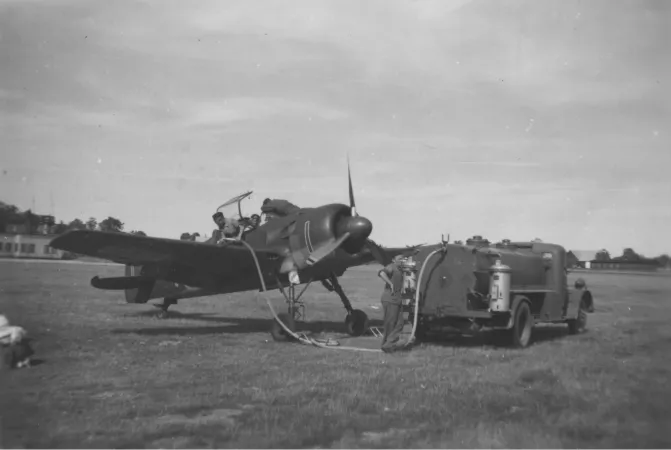


































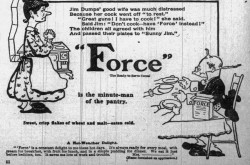
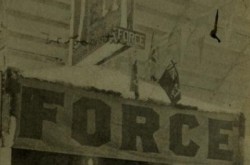
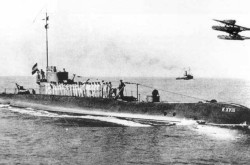
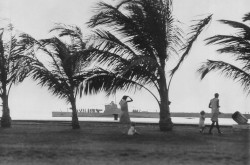
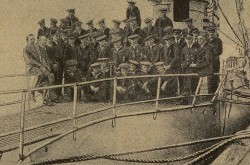
![A block of photographs showing some of the people involved in the bombing of beluga whales in the estuary and gulf of the St. Lawrence River. Anon., “La chasse aux marsouins [sic]. » Le Devoir, 15 August 1929, 6.](/sites/default/files/styles/thumbnail_7/public/2024-09/Le%20Devoir%2015%20aout%201929%20page%206.jpg?h=584f1d27&itok=TppdLItg)

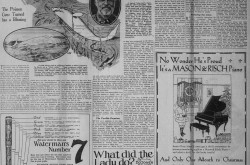
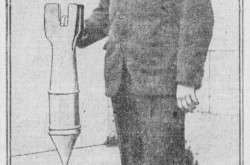
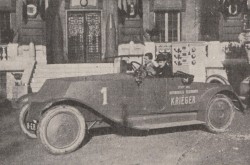
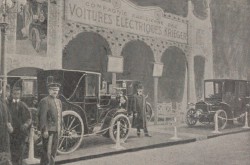
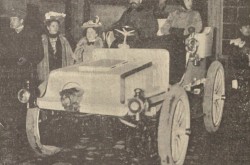
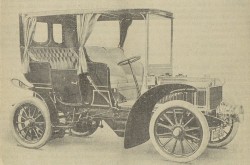


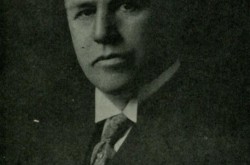
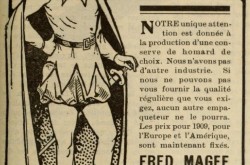
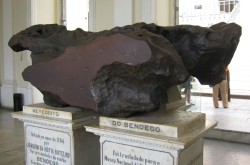
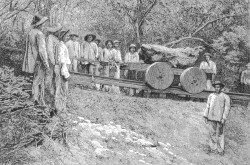
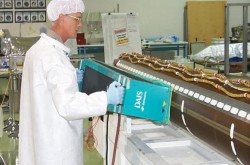
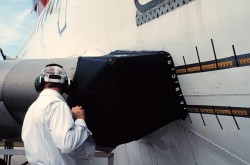
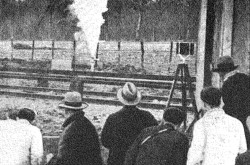
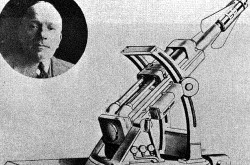
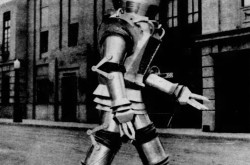

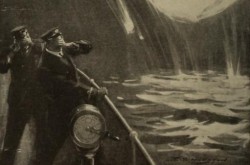
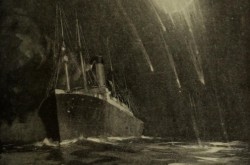
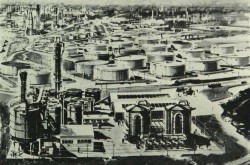
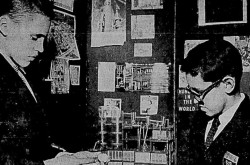
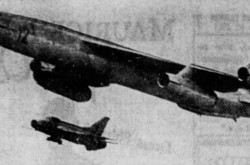
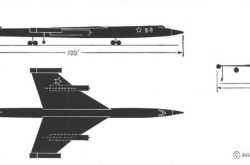
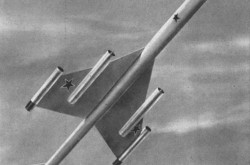
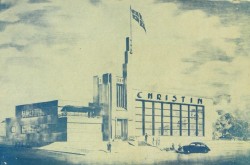
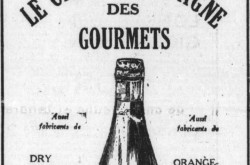
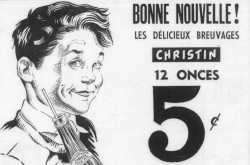
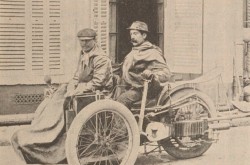
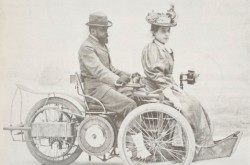
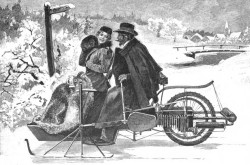

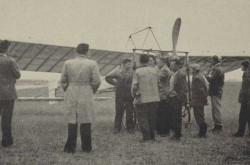
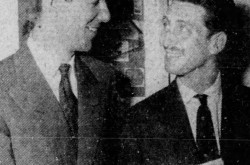
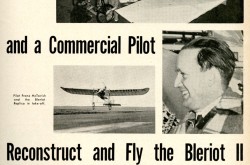
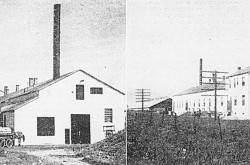
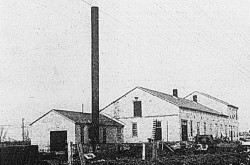
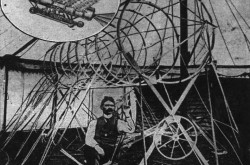
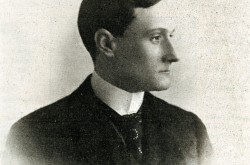
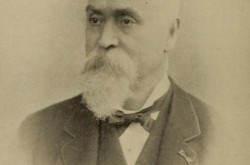
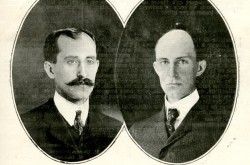
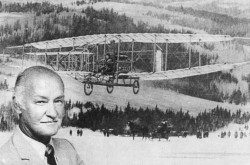
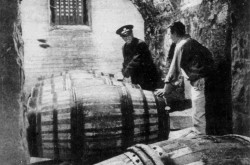
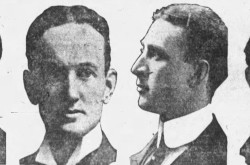
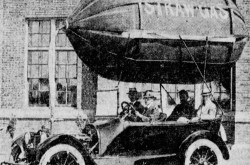
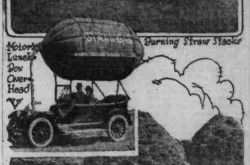
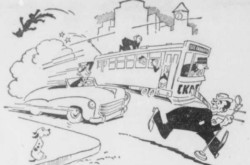

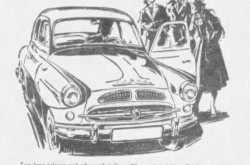
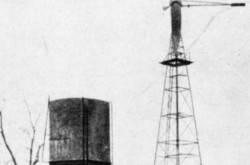
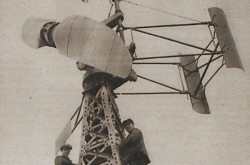
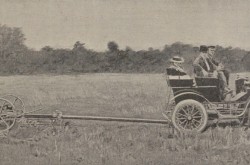
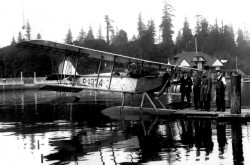
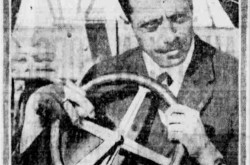
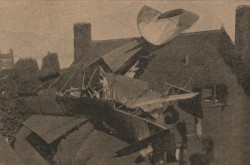
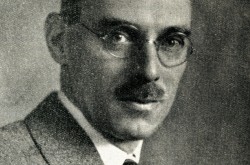
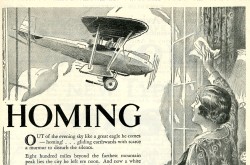
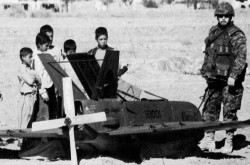
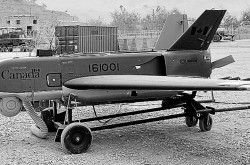
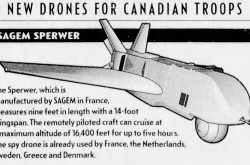
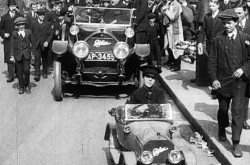
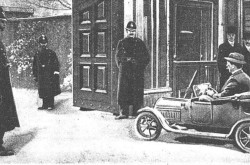
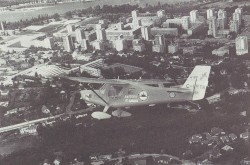
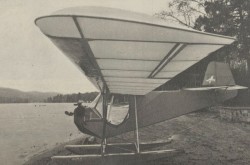
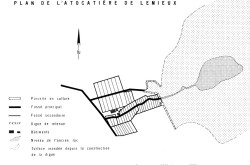
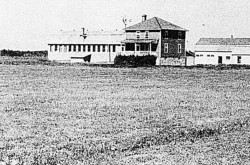
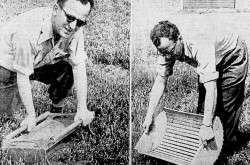
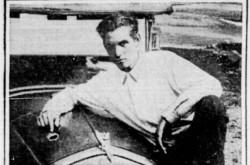
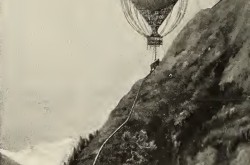
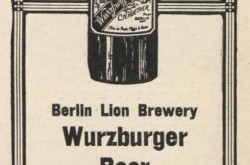
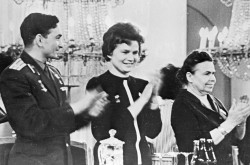
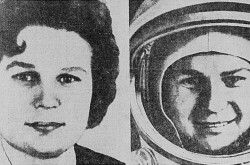
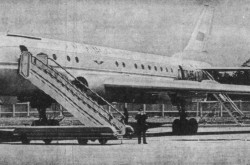
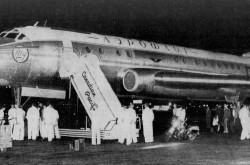
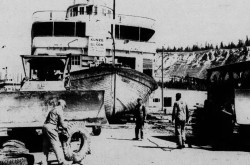
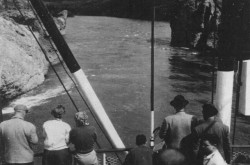
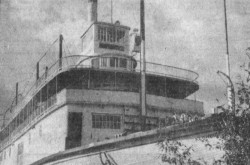
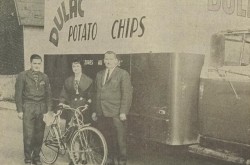
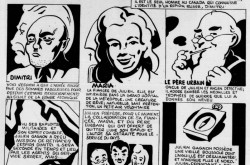
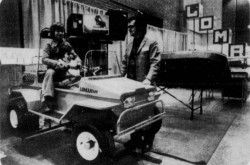
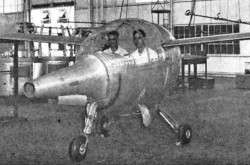
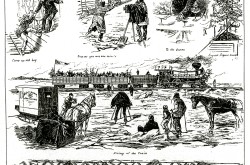
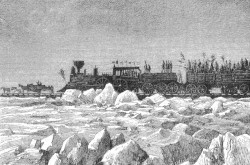
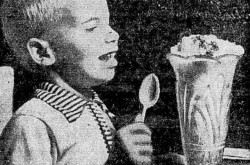
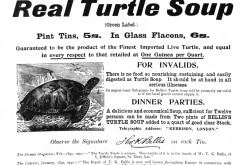
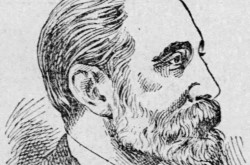
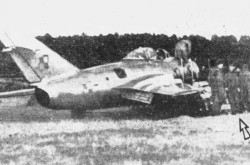
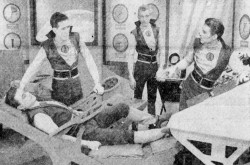
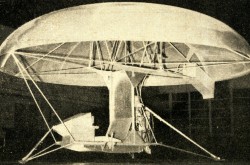
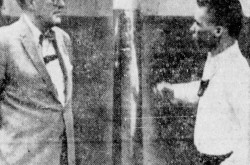
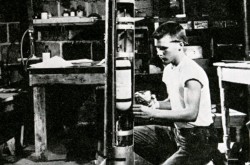
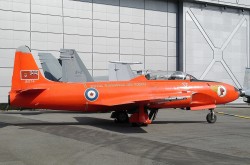
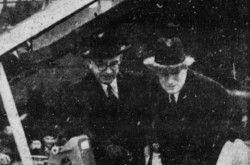
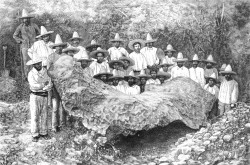
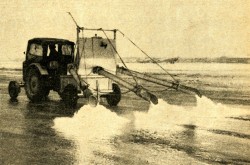
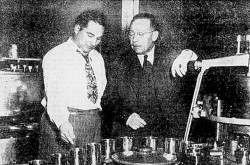
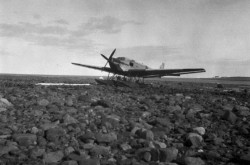
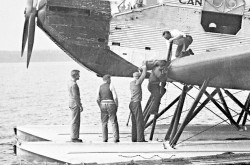
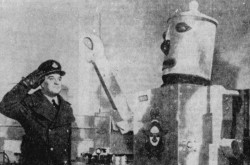
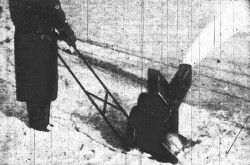
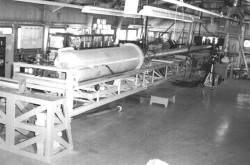
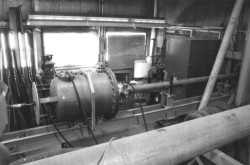
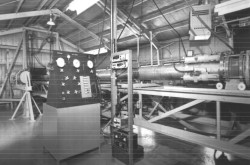



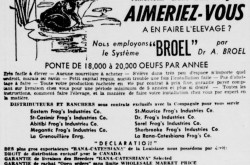
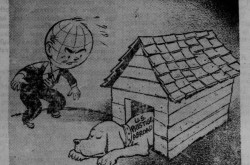
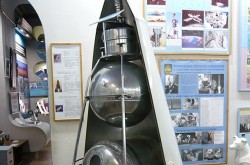
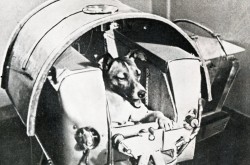
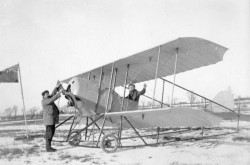
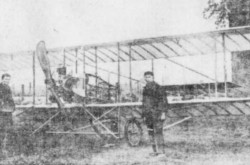
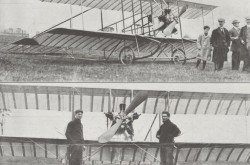
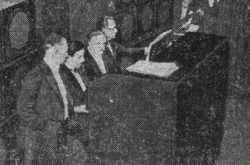
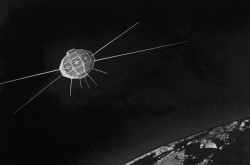
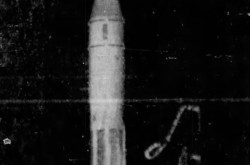
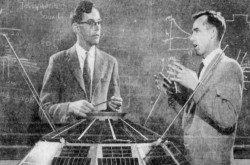

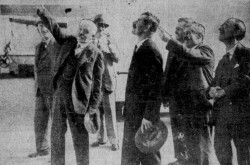
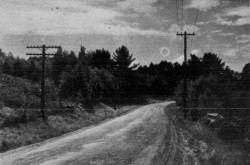

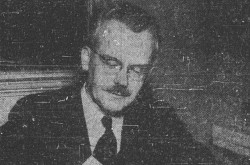
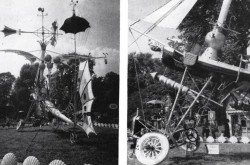

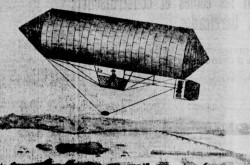
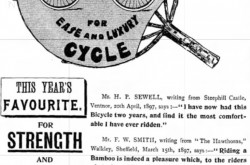
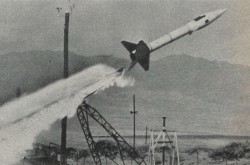
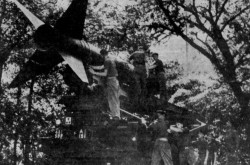

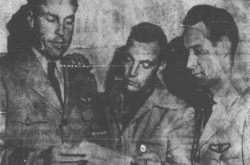
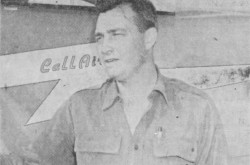
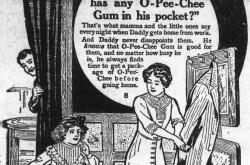
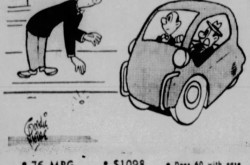
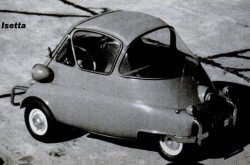
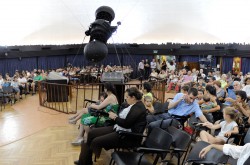
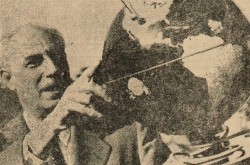
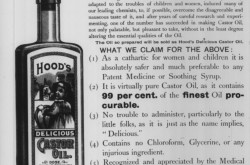
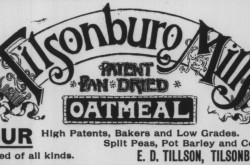
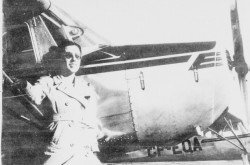
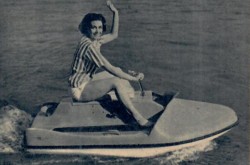

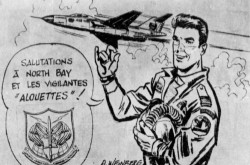
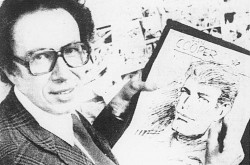
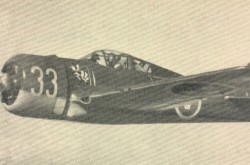
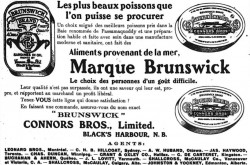
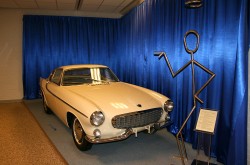
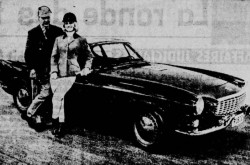
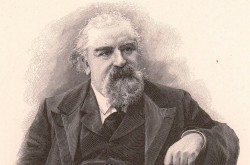
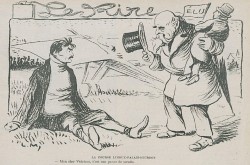
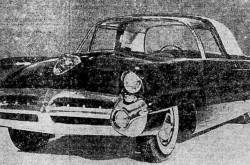
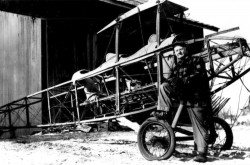

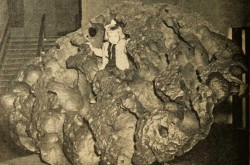
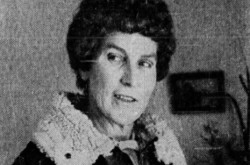
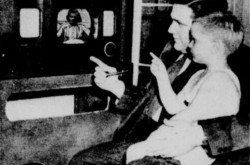
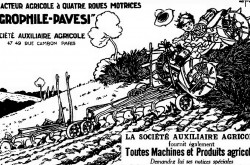
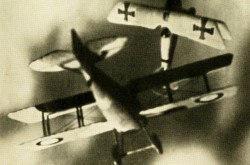
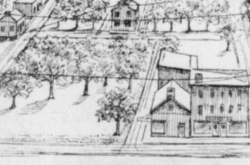
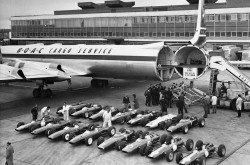
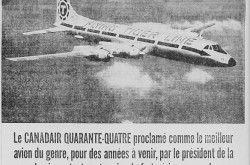

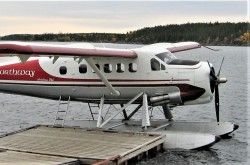
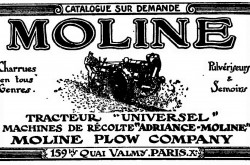
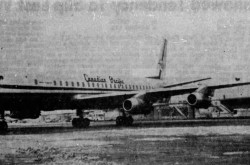
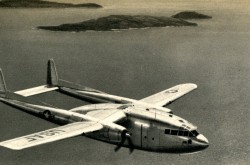
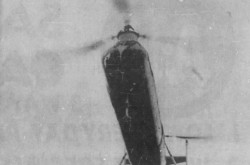
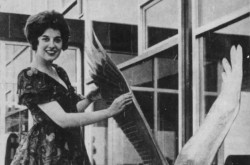
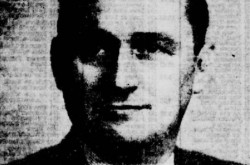
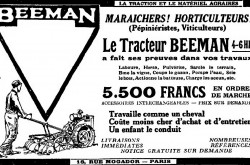
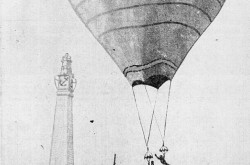
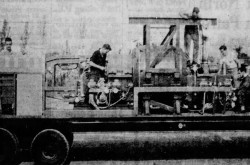
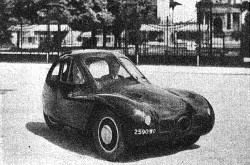
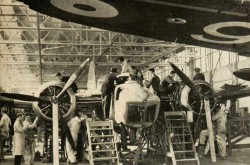
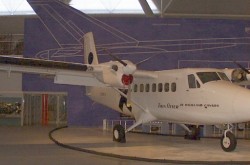
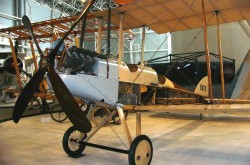
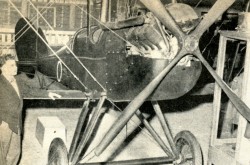
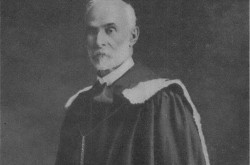
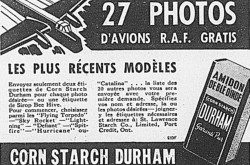
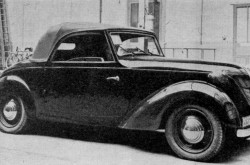
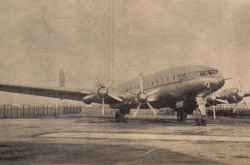
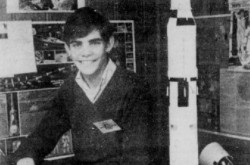

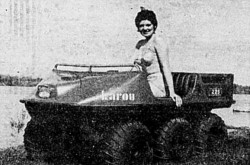
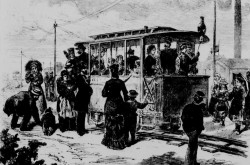
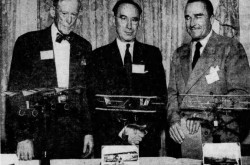

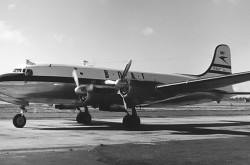
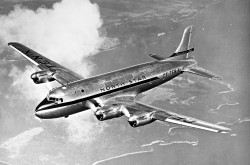
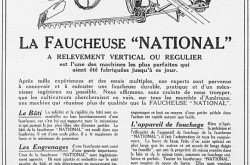
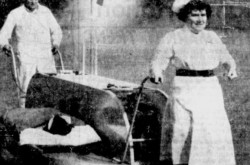
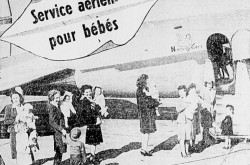
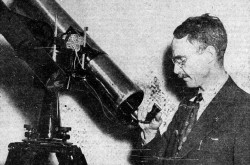
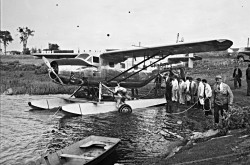
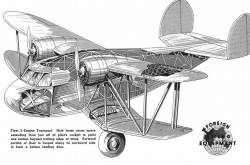
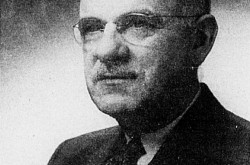
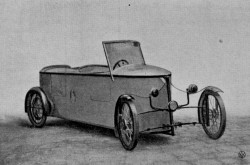
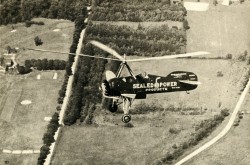
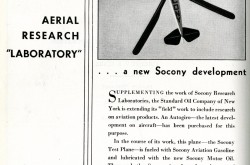
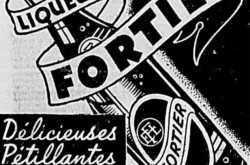
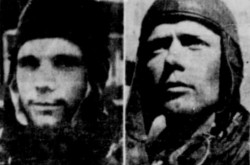
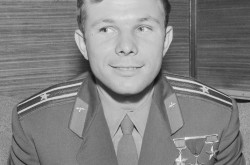
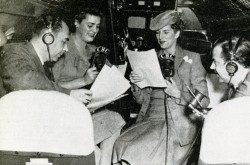
![Peter Müller at the controls [sic] of the Pedroplan, Berlin, Germany, March 1931. Anon., “Cologne contre Marseille – Le mystère du ‘Pédroplan.’ [sic]” Les Ailes, 2 April 1931, 14.](/sites/default/files/styles/thumbnail_7/public/2021-04/Les%20Ailes%202%20avril%201931%20version%20big.jpg?h=eafd0ed4&itok=WnBZ5gMf)
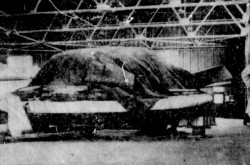
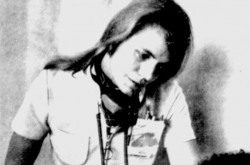
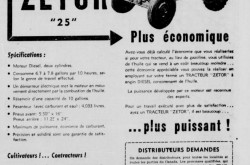
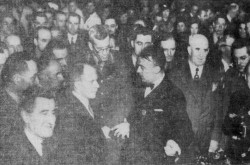
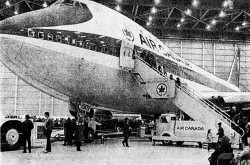
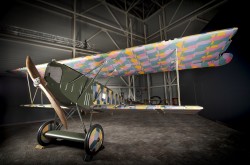
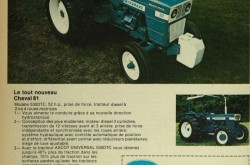
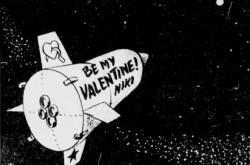
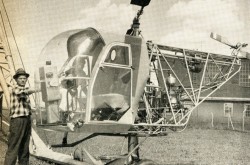
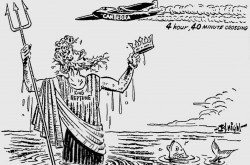
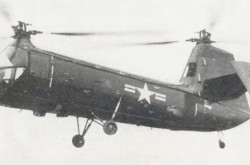
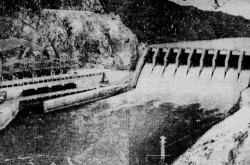
![One of the first de Havilland Canada Chipmunk imported to the United Kingdom. Anon., “De Havilland [Canada] DHC-1 ‘Chipmunk.’” Aviation Magazine, 1 January 1951, cover.](/sites/default/files/styles/thumbnail_7/public/2021-01/Aviation%20magazine%201er%20janvier%201951%20version%202.jpg?h=2f876e0f&itok=DM4JHe5C)
